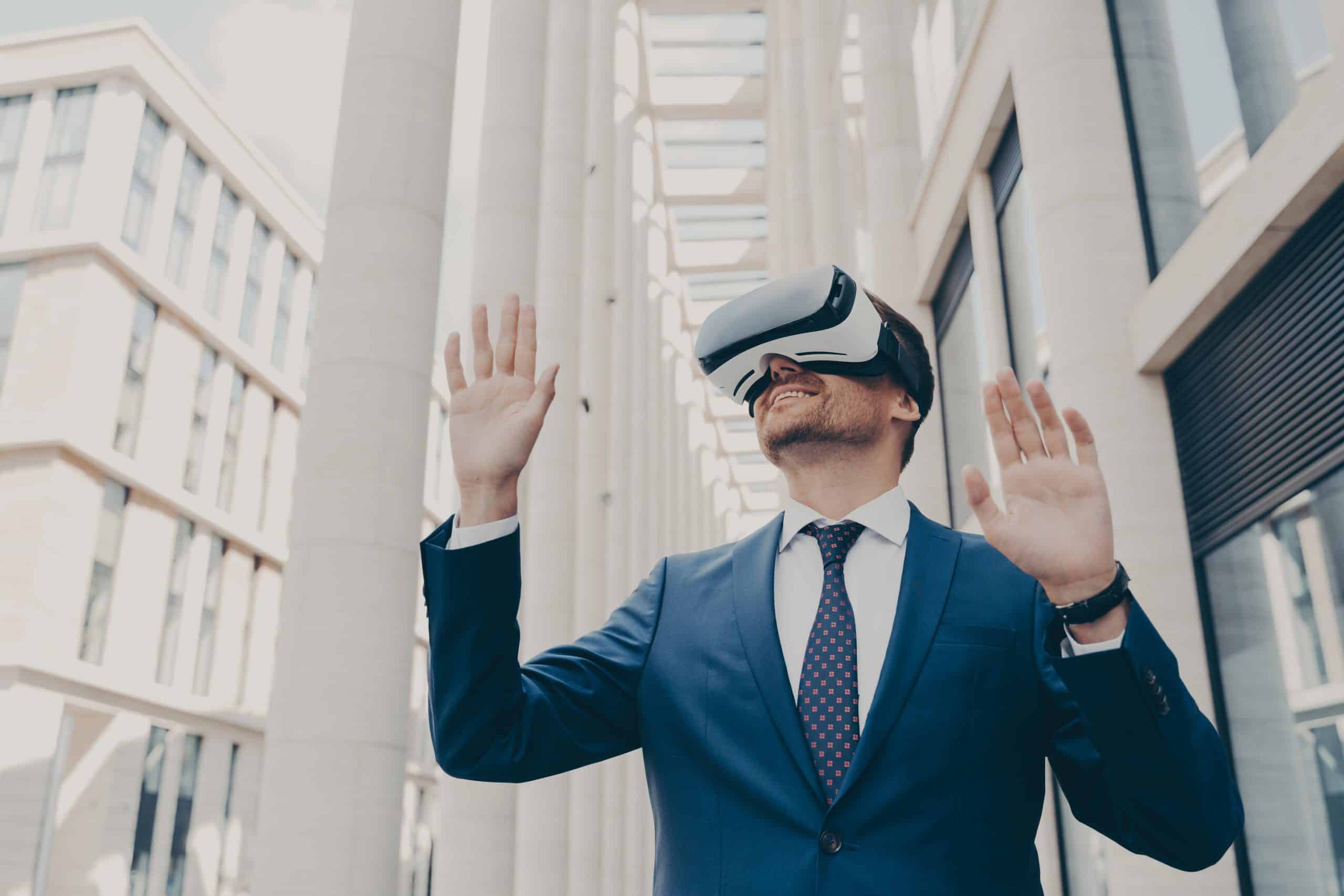What Is the Role of Augmented Reality in Enhancing Real Estate Virtual Tours?

As the real estate industry evolves, the influence of technology becomes more pronounced. Today, augmented reality (AR) is revolutionizing the way properties are marketed and purchased, creating exciting possibilities for both realtors and buyers. This article explores the role of AR in improving the property buying experience, focusing primarily on virtual tours.
Augmented Reality: A Game Changer in the Real Estate Industry
Augmented reality (AR) is a dynamic technology that overlays digital information onto the real world, enhancing our perception of reality. Its application in the real estate industry has become a powerful tool that amplifies the property buying experience.
A lire aussi : How to Secure Financing for Renewable Energy Upgrades in Commercial Properties?
AR offers a unique blend of reality and imagination. It allows potential buyers to experience properties virtually, providing a more comprehensive understanding than static images or property descriptions offer. By adding an additional layer of information onto the real world, AR allows prospective buyers to envision the potential of a property, thereby facilitating informed decision-making.
The Emergence of AR in Virtual Property Tours
The development of AR technology has made it possible for property buyers to take virtual tours of properties from the comfort of their homes. This cuts down on travel time and expenses, making the property buying process efficient and convenient.
A lire en complément : What Are the Latest Techniques in Retrofitting Office Buildings for Post-Pandemic Use?
In the era of immersive digital experiences, AR plays a crucial role in virtual property tours. These tours provide a 360-degree view of the property, but with AR, extra features can be added. For example, furniture can be superimposed into an empty room, allowing buyers to visualize how the space could be utilized. This gives life to properties and makes them more appealing to potential buyers.
Enhancing Property Marketing with Augmented Reality
In addition to improving the experience for buyers, AR also offers significant benefits for those in the real estate industry. Using AR, realtors can present properties in a more engaging and interactive way. This can be particularly useful for properties under development, as it allows buyers to see what the finished product will look like.
Moreover, AR enables realtors to stand out in a competitive market. By offering unique and immersive experiences, they can attract more potential buyers and increase the likelihood of a sale. It is also a cost-effective marketing tool, as it reduces the need for physical staging and open houses.
The Future of Augmented Reality in Real Estate
As AR technology becomes more sophisticated, its role in the real estate industry is expected to expand. It will likely become an integral part of the property buying process, enhancing the experience for both buyers and realtors.
Furthermore, as AR becomes more mainstream, we can expect to see more innovative applications. For example, it could be used to create interactive neighborhood tours, providing information about local amenities and services. This would give potential buyers a holistic understanding of the area and aid in their decision-making process.
The Impact of Augmented Reality on Real Estate Virtual Tours
The impact of augmented reality on the real estate industry, and virtual tours in particular, is significant. It offers a new way to experience properties, allowing potential buyers to envision themselves living in a space before they make a purchase. It also provides realtors with a powerful marketing tool, helping them to stand out in a competitive market.
In conclusion, augmented reality is revolutionizing the real estate industry, driving the development of immersive and engaging virtual tours. As the technology continues to evolve, we can expect to see even more exciting innovations in this space. While there are still challenges to overcome, the potential benefits of AR in real estate are huge, and it’s an exciting time to be involved in this industry.
AR’s Role in Real-Time Property Customization
With the advent of augmented reality, the real estate industry has witnessed the creation of innovative applications that make real-time property customization possible. AR in real estate app development has significantly transformed the property tours, making them more interactive and user-friendly.
As potential buyers explore a property virtually, they can make real-time changes to the interior design. For instance, they can alter the color of the walls, switch furniture, adjust the lighting, and even add decor items. This gives buyers a taste of how they can personalize the space to suit their preferences, enhancing the immersive experience.
AR also enables virtual tours to display different layouts for the same property. A potential buyer can view a property with various arrangements, seeing how it would look as a family home, a bachelor pad, or an office. This versatility offers a unique value proposition to buyers, making properties more appealing.
In addition to customization, augmented reality provides real-time data during virtual property tours. This can include information about property dimensions, materials used, nearby amenities, and more. Such data is vital in the decision-making process for potential buyers.
Apart from enhancing the buyer’s experience, this real-time customization also benefits real estate professionals. It provides them with insights into buyer preferences, helping them tailor their marketing strategies and offerings.
The Influence of Augmented Reality on the Evolution of the Real Estate Sector
Augmented reality has undeniably become a significant driving force in the evolution of the real estate sector. Its application in virtual tours has not only reshaped the property buying experience but also the strategies employed by real estate professionals.
AR’s ability to breathe life into properties by showcasing their potential in real-time has revolutionized the real estate market. It offers an unprecedented level of engagement and personalization, setting a new standard for virtual property tours.
The integration of AR in real estate app development has also elevated the industry’s marketing strategies. It offers estate professionals an edge over their competitors, allowing them to deliver unique and immersive experiences to potential buyers.
Lastly, AR has also opened the door for future innovations in the real estate sector. As technology advances, we can anticipate more immersive and tailor-made experiences that will continue to redefine property buying.
In Conclusion: The Reshaping of Real Estate through AR
In conclusion, augmented reality is a game-changing technology that is reshaping the real estate industry. It has transformed virtual property tours, offering an immersive and personalized experience to potential buyers. Moreover, it has provided real estate professionals with novel and effective marketing strategies.
While there are still challenges to tackle, such as ensuring seamless technology integration and managing data privacy, the benefits of AR in real estate far outweigh these concerns. As AR technology continues to evolve, we can expect it to further influence the real estate sector, offering even more exciting and innovative applications.
Indeed, the marriage of real estate and augmented reality is a match made in digital heaven. It’s an exciting epoch for the industry, property buyers, and estate professionals as they navigate this new landscape filled with endless possibilities. For anyone involved in the property market, now is the time to embrace AR and explore its potential fully.
